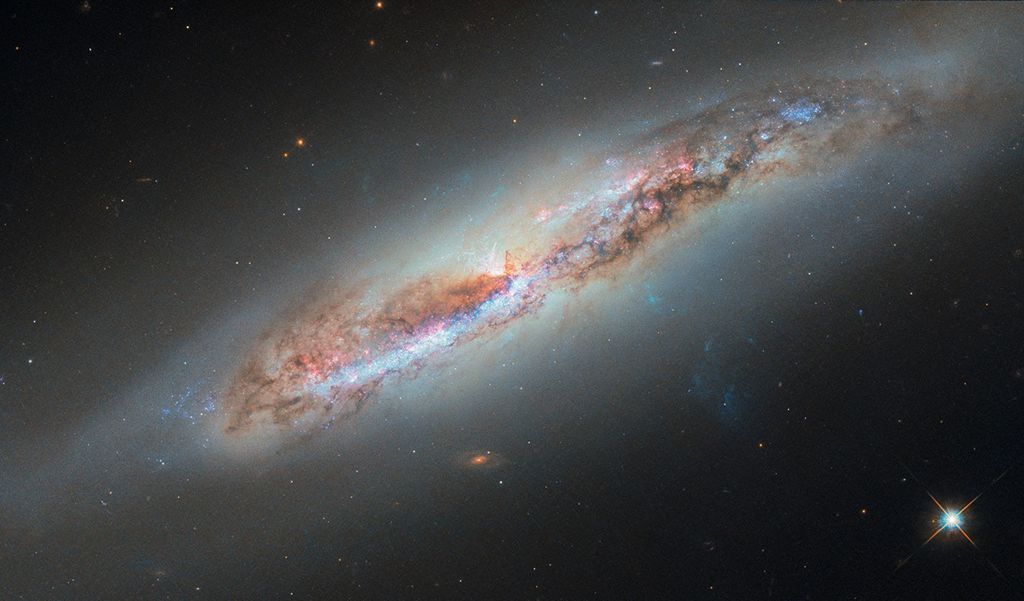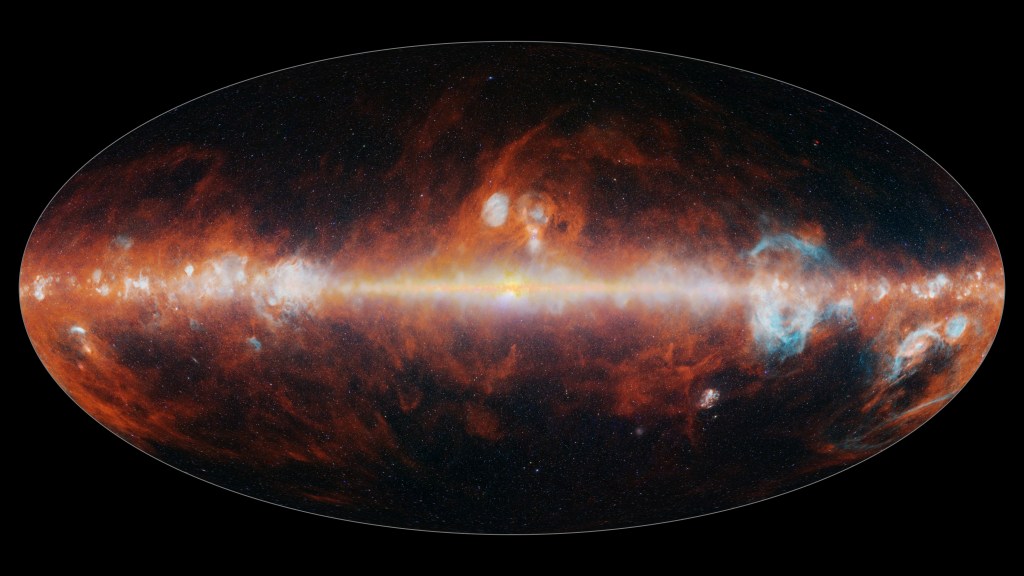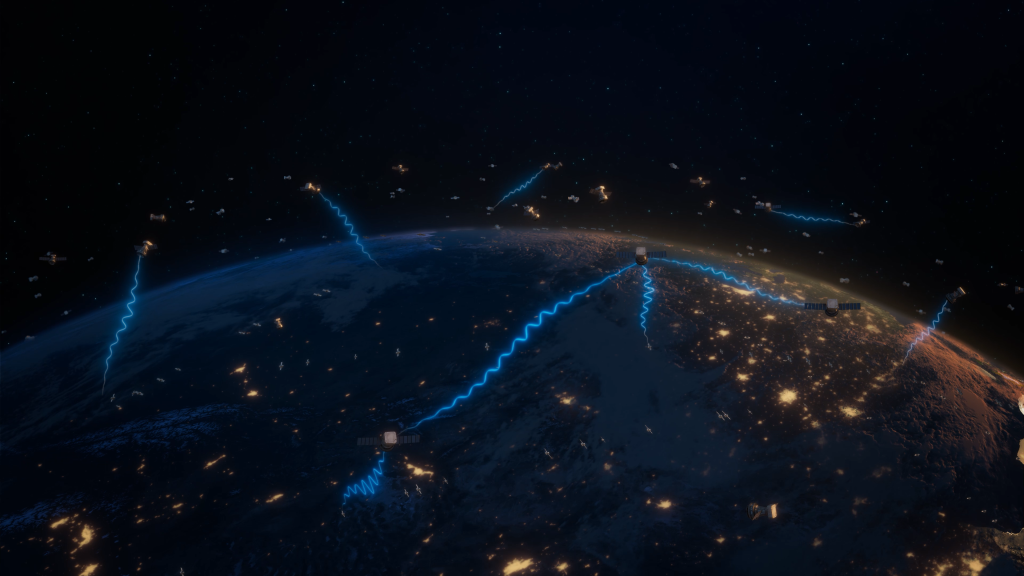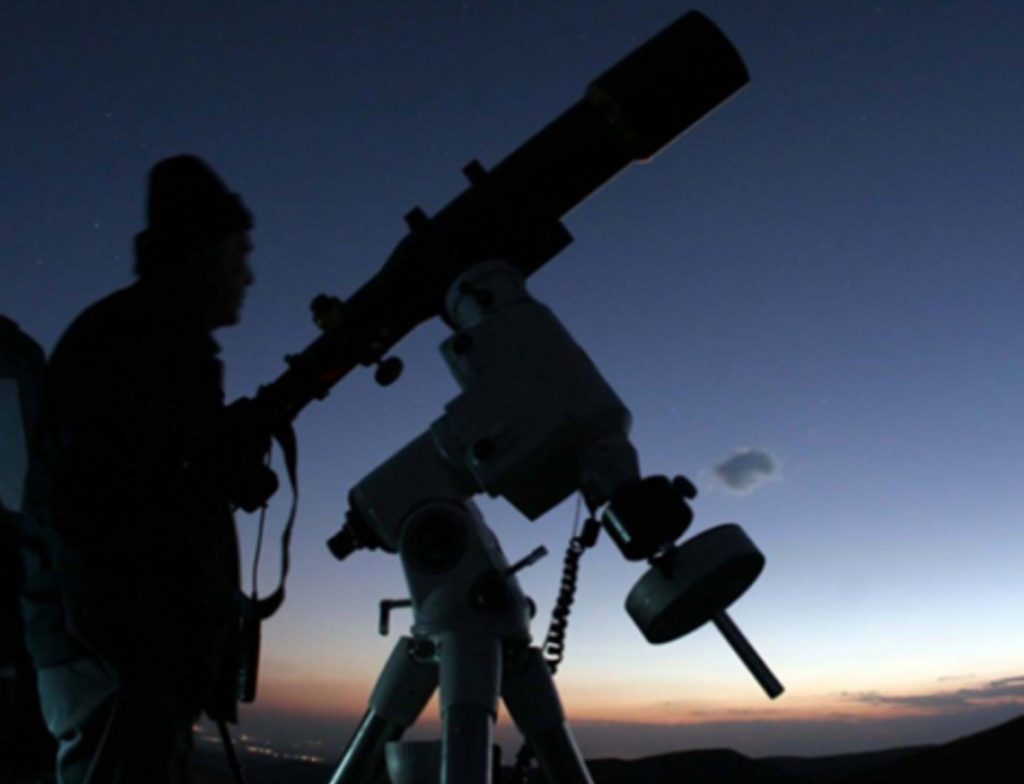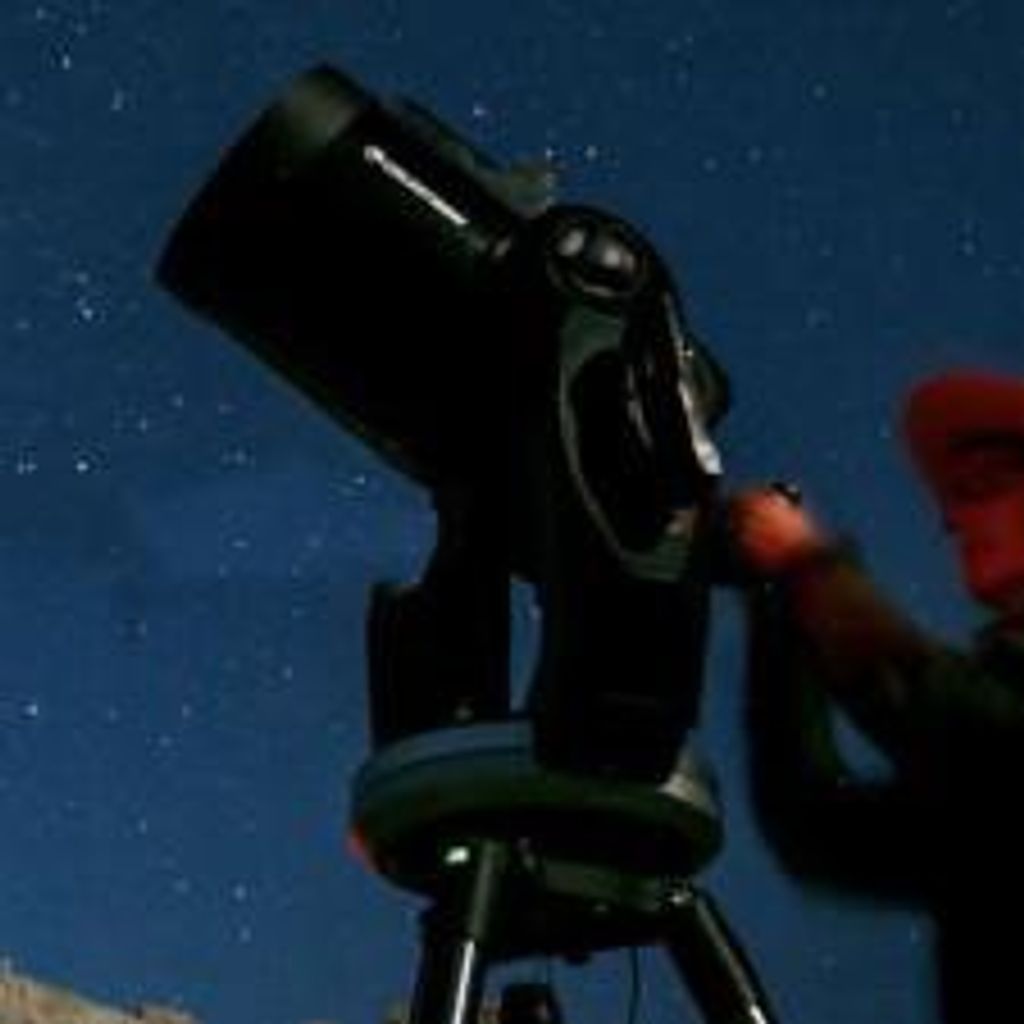1 min read
Jupiter’s Ring System (Galileo)

All three components of Jupiter’s ring system are captured in this image from NASA’s Galileo spacecraft: the flat main ring, the halo that is interior to the main ring, and the diffuse outer gossamer ring. The gossamer ring is shown stretching the width of this mosaic image (and continuing beyond), with the main ring and halo on the right-hand side. The image is purposely overexposed to accentuate the faint gossamer ring. The images were obtained when Galileo was in Jupiter’s shadow, peering back toward the Sun.
About the Data
- InstrumentInstrumentThe science instrument used to produce the data.Galileo: Solid-State Imaging
- Exposure DatesExposure DatesThe date(s) that the telescope made its observations and the total exposure time.9 November 1996
- FiltersFiltersThe camera filters that were used in the science observations.601 clear filter
- Object NameObject NameA name or catalog number that astronomers use to identify an astronomical object.Gossamer Ring
- Object DescriptionObject DescriptionThe type of astronomical object.Jupiter's Rings
- Release DateJuly 31, 2020
- Science ReleaseNASA’s Webb Telescope Will Study Jupiter, its Rings, and Two Intriguing Moons
- CreditImage: NASA, NASA-JPL, Cornell University
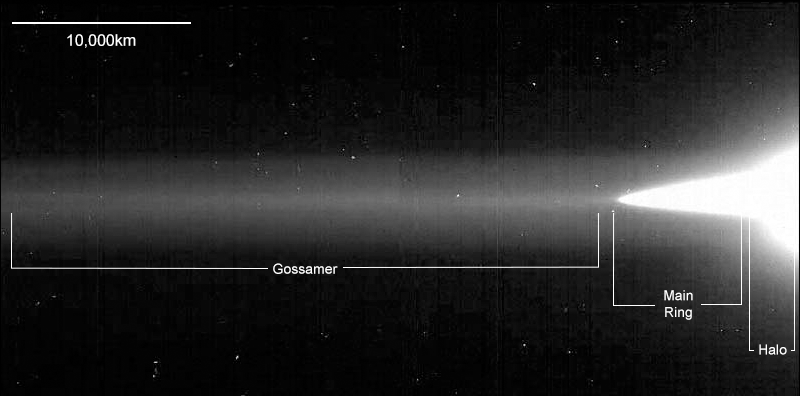
Related Images & Videos
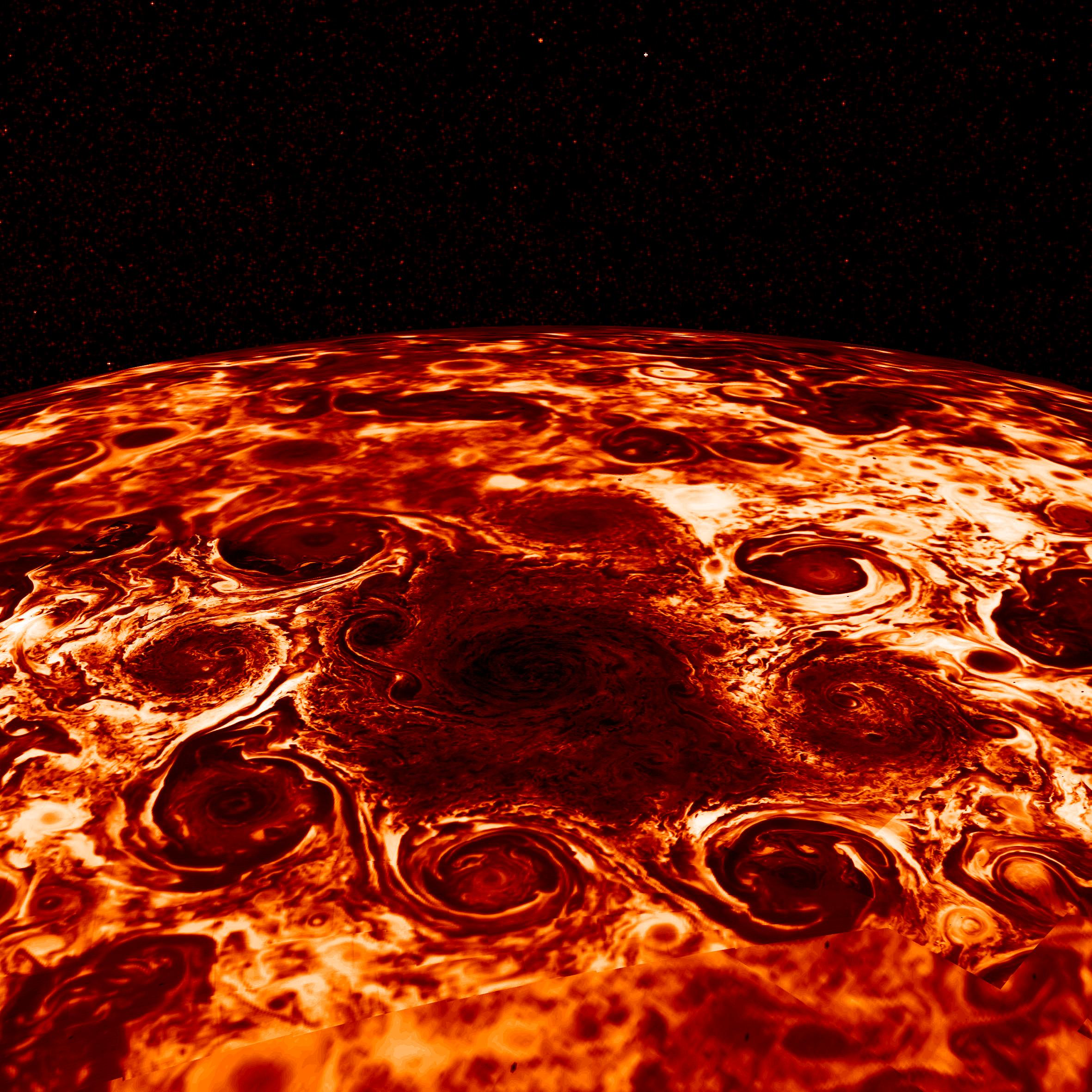
Jupiter's Polar Cyclone Storms (Juno)
NASA’s Juno spacecraft captured infrared images that astronomers combined to create this picture of Jupiter’s north pole, showing a central cyclone and the eight cyclones that encircle it. Data indicate that the storms are enduring features at the pole, with each circumpolar...
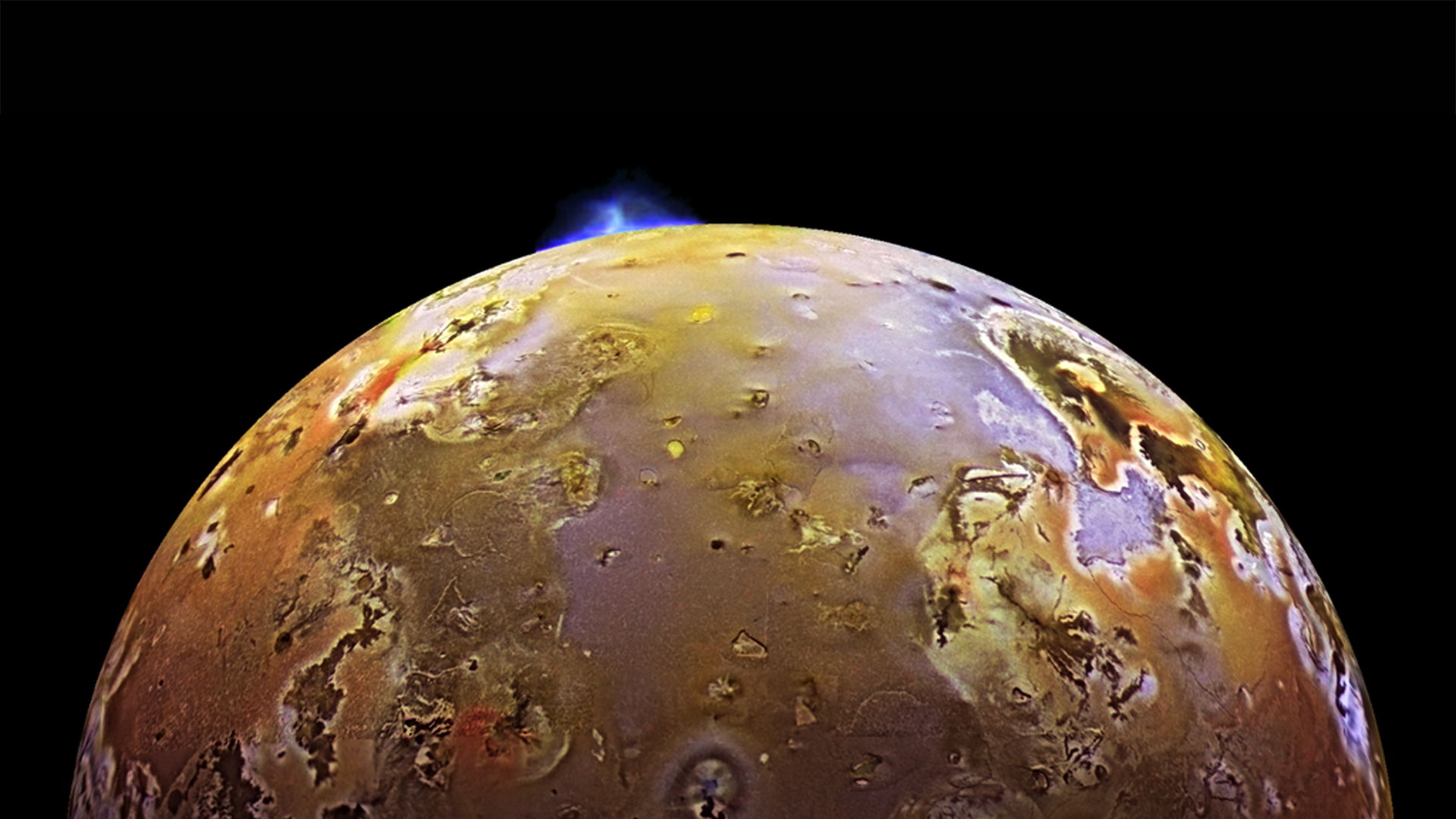
Volcano Erupts on Io (Galileo)
NASA’s Galileo spacecraft captured this image of a volcanic eruption on Io in 1997. Io is the most volcanically active world in the solar system, thanks to constant flexing brought on by the gravitational push and pull from Jupiter as well as fellow moons Ganymede and Europa....
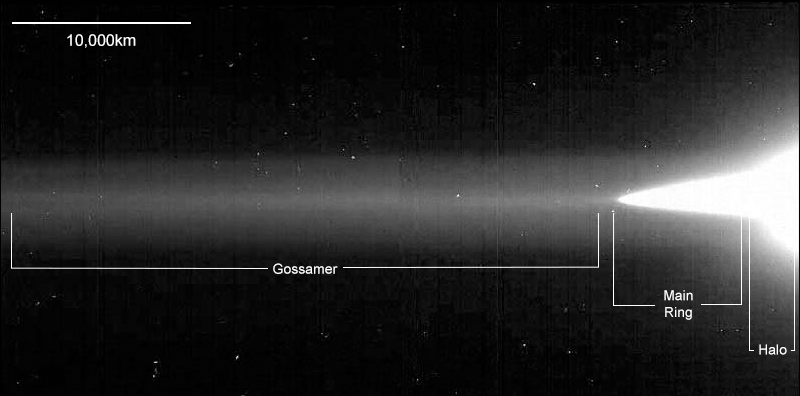
Jupiter's Ring System (Galileo) Annotated
The resolution in this image from NASA’s Galileo spacecraft is approximately 46 kilometers per picture element from right to left; however, because Galileo was only about 0.5 degrees above the ring plane, the image is highly foreshortened in the vertical direction. The ring was...
Share
Details
Laura Betz
NASA’s Goddard Space Flight Center
Greenbelt, Maryland
laura.e.betz@nasa.gov
NASA, NASA-JPL, Cornell University

